Turning the Tables in Supplier Negotiations: How to Shift the Power Dynamic
Procurement teams often enter supplier negotiations on the back foot—responding to supplier-driven pricing models, justifying budgets, or making concessions to secure a deal. But what if you could shift the balance of power? What if you could negotiate from a position where the supplier adjusts to you, rather than you adjusting to them?
Effective procurement isn’t just about securing cost savings—it’s about structuring supplier negotiations in a way that maximises value, reduces risk, and aligns supplier performance with business objectives. The key to achieving this? Supplier Power vs. Buyer Power Mapping.
The Strategy: Supplier Power vs. Buyer Power Mapping
Power in negotiations is not static—it shifts based on market conditions, supplier dependency, and leverage dynamics. By mapping supplier power relative to buyer power, procurement professionals can strategically reposition themselves before the negotiation even begins.
Step 1: Assess Supplier Power vs. Buyer Power Before Negotiation
Before engaging in any supplier discussion, procurement teams must assess who holds power in the negotiation. This can be determined by evaluating key factors:
When Supplier Power is High:
- The supplier is one of few providers of a critical product or service, limiting buyer options.
- There are limited substitutes or high switching costs for the buyer, making the supplier indispensable.
- The supplier has exclusive technology, patents, or regulatory advantages that buyers cannot replicate.
- Market demand is high, allowing suppliers to dictate pricing and contract terms.
- The buyer represents only a small portion of the supplier’s revenue, reducing buyer leverage.
Example: A cloud software provider with patented AI-driven automation tools dominates its market. Since buyers have no real alternative, they struggle to negotiate better terms.
When Buyer Power is High:
- There are multiple alternative suppliers available, increasing competition.
- The buyer has high spending power and purchases in large volumes, allowing for bulk discounts.
- The supplier is dependent on the buyer for a significant portion of revenue, making them more flexible in negotiations.
- The buyer has strong industry influence and can set pricing benchmarks that other suppliers follow.
- Switching costs are low, enabling the buyer to shift suppliers easily without operational risk.
Example: A global retailer negotiating with packaging suppliers uses its large order volume to demand lower prices and improved sustainability practices. The suppliers comply because losing the retailer’s business would significantly impact their revenue.
Step 2: Shift Leverage Before the Negotiation Begins
Once power is mapped, procurement teams should proactively adjust their strategy to strengthen their position.
If the Supplier Has High Power:
- Create Competition: Introduce additional suppliers into the mix to drive price reductions and force competitive bidding.
- Extend Decision Timelines: If the supplier believes the deal is urgent for you, they control the clock—reverse this by delaying commitment to force better terms.
- Focus on Non-Monetary Concessions: Negotiate for added service levels, flexibility in contract terms, or performance-based incentives rather than just price reductions.
Example: A company dependent on a single logistics provider introduces two additional shipping vendors into the discussion, forcing the incumbent supplier to match competitive pricing and offer faster delivery terms.
If the Buyer Has High Power:
- Set the Tone Early: Open negotiations by reinforcing buyer influence and the expectation of competitive pricing and service standards.
- Demand Justification: Make the supplier justify pricing, performance, and long-term value rather than simply accepting their offer.
- Utilise Multi-Round Bidding: Keep suppliers engaged in multiple rounds of offers to extract maximum value.
Example: A large manufacturing company demands transparent cost breakdowns from its raw material suppliers, forcing them to justify price increases. This leads to a reduction in material costs and additional service guarantees.
Step 3: Control the Agenda & Framing
One of the biggest mistakes procurement professionals make is allowing suppliers to dictate the conversation. The best way to prevent this is by controlling the negotiation agenda and framing the discussion around total cost of ownership (TCO) rather than just price.
Strategies to Control the Negotiation Agenda:
- Reframe the Discussion from Cost to Value: Shift the focus to long-term impact, efficiency, and supplier accountability.
- Example: Instead of saying, “Can you lower the price?”, say, “How can we structure this agreement to maximise efficiency and cost predictability over the next five years?”
- Use Primacy & Recency Effect: Open and close meetings by reinforcing your key points so that they become the most memorable aspects of the discussion.
- Anchor Expectations Early: The first number or proposal sets the reference point—use the First Offers Matrix to ensure negotiations start in your favour.
Example: A procurement team opening negotiations by stating their preferred payment terms upfront ensures that discussion around flexibility remains in their favour throughout the negotiation.
Step 4: Condition the Supplier with Tactical Timing
Time can either be a powerful weapon or a dangerous weakness in negotiation. Suppliers often use stalling tactics to create urgency and force the buyer into rushed decisions. Buyers can turn the tables by strategically controlling decision timelines.
Timing Tactics to Gain Leverage:
- If a supplier is trying to force urgency, delay commitment. This makes them more flexible in offering discounts or concessions.
- If a supplier is stalling, introduce competitive alternatives.
- Example: A company negotiating an IT support contract hints at moving to an alternative provider, prompting the existing vendor to offer additional service credits and extend payment terms.
- Manage renewal negotiations early. Engaging too close to renewal deadlines gives suppliers leverage—start negotiations six months in advance to secure better terms.
Example: A procurement team negotiating an annual software renewal avoids last-minute price hikes by engaging six months before expiration, using competing bids to pressure the vendor into a multi-year fixed pricing agreement.
Conclusion: Own the Negotiation, Don’t React to It
Many procurement teams negotiate reactively—responding to supplier pricing models rather than structuring the deal on their terms. The Supplier Power vs. Buyer Power Mapping Model ensures procurement professionals:
- Assess leverage before negotiations begin.
- Shift supplier dynamics in their favour.
- Control the agenda and prevent supplier-driven discussions.
- Use timing and competitive tension to extract maximum value.
Want a structured tool to implement these strategies? Contact us to request the full Supplier Power vs. Buyer Power Mapping Model.
Recent Posts
How to Use the Decoy Effect in Procurement Negotiation
In procurement, smart framing beats force. This article breaks down how to use the Decoy Effect—a behavioural science tactic—to guide suppliers toward your...
How to Negotiate in India: A Strategic Guide for Business Success
India is a land of immense opportunity—and complexity. To succeed in business negotiations here, foreign professionals must understand the nuances of hierarchy, relationship-building,...
The Contrast Principle in Procurement Negotiation
In high-stakes procurement, perception is leverage. This article explores how elite buyers use the contrast principle to frame negotiations, control supplier expectations, and...


